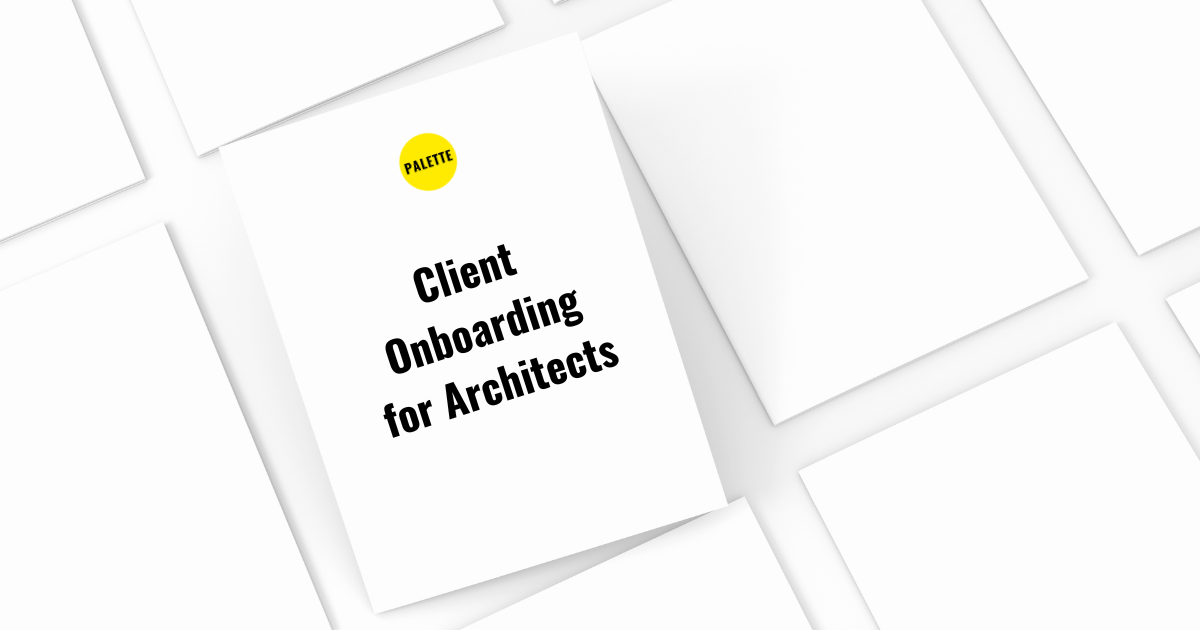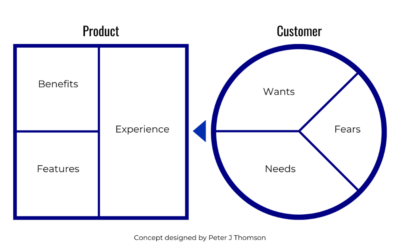Client onboarding is the process of welcoming and orienting new clients to your architecture firm and setting the stage for successful project collaboration. It involves establishing clear communication, managing expectations, and gathering necessary information to kickstart the project.
Why is Client Onboarding Important?
Effective client onboarding lays the foundation for a positive client experience and sets the tone for the entire project lifecycle. It helps build trust, align expectations, and streamline communication, leading to smoother project execution and higher client satisfaction.
The customer journey begins long before a client has chosen to work with you; ultimately, your goal should be to design a seamless process from a client’s initial inquiry through project completion. This won’t happen overnight; just get started and improve the process along the way.
Two Key Pieces of Client Onboarding
The formal onboarding process begins once you have established an agreement with your client. Here are a few key steps to consider and develop for your onboarding process.
- Onboarding Documentation: Providing clients with a welcome packet in advance of a kick-off meeting can help answer lingering questions, establish clear communication, and provide you with helpful project information. Develop a welcome packet that you can use for all of your projects and client relationships. A few examples of what you might communicate include information about the project team, expectations regarding communication, basic education about the phases of a building project, and requests for information such as existing floorplans. The welcome guide is also an opportunity to develop an FAQ document, which will ultimately save you time and alleviate some of the client’s uncertainty.
- Kickoff Meeting: Hosting a kickoff meeting is a great way to review project details, roles, and responsibilities, answer upfront questions, and establish next steps with all stakeholders involved. This meeting is more about setting expectations than it is about design. It is an opportunity to make sure everyone is on the same page regarding both logistical items and overall project goals. Everyone should leave the kick-off meeting with clarity about communication, schedule, process, and goals. It might be tempting to dive right into programming, but one of the most useful exercises you can do at a kick-off meeting is to establish clarity amongst all stakeholders about how success will be measured and what it will look like at the end of the project.
Best Practices for Successful Client Onboarding
- Personalized Approach: Tailor the onboarding process to each client’s specific needs and preferences.
- Clear Communication: Maintain open and transparent communication to address any concerns or questions promptly.
- Manage Expectations: Set realistic expectations regarding project timelines, deliverables, and potential challenges upfront.
- Provide Resources: Offer educational resources, such as a welcome guide or FAQs, to help clients navigate the onboarding process smoothly.
- Feedback Loop: Establishing a method to receive feedback from your clients on a recurring basis is an opportunity to identify issues. Soliciting feedback from clients periodically throughout a project to identify areas for improvement is an effective strategy to avoid small issues turning into major issues and maintaining a positive client experience.
Whether you’re a seasoned architect or just starting your firm, effective client onboarding is essential for building strong client relationships and delivering successful projects.





0 Comments